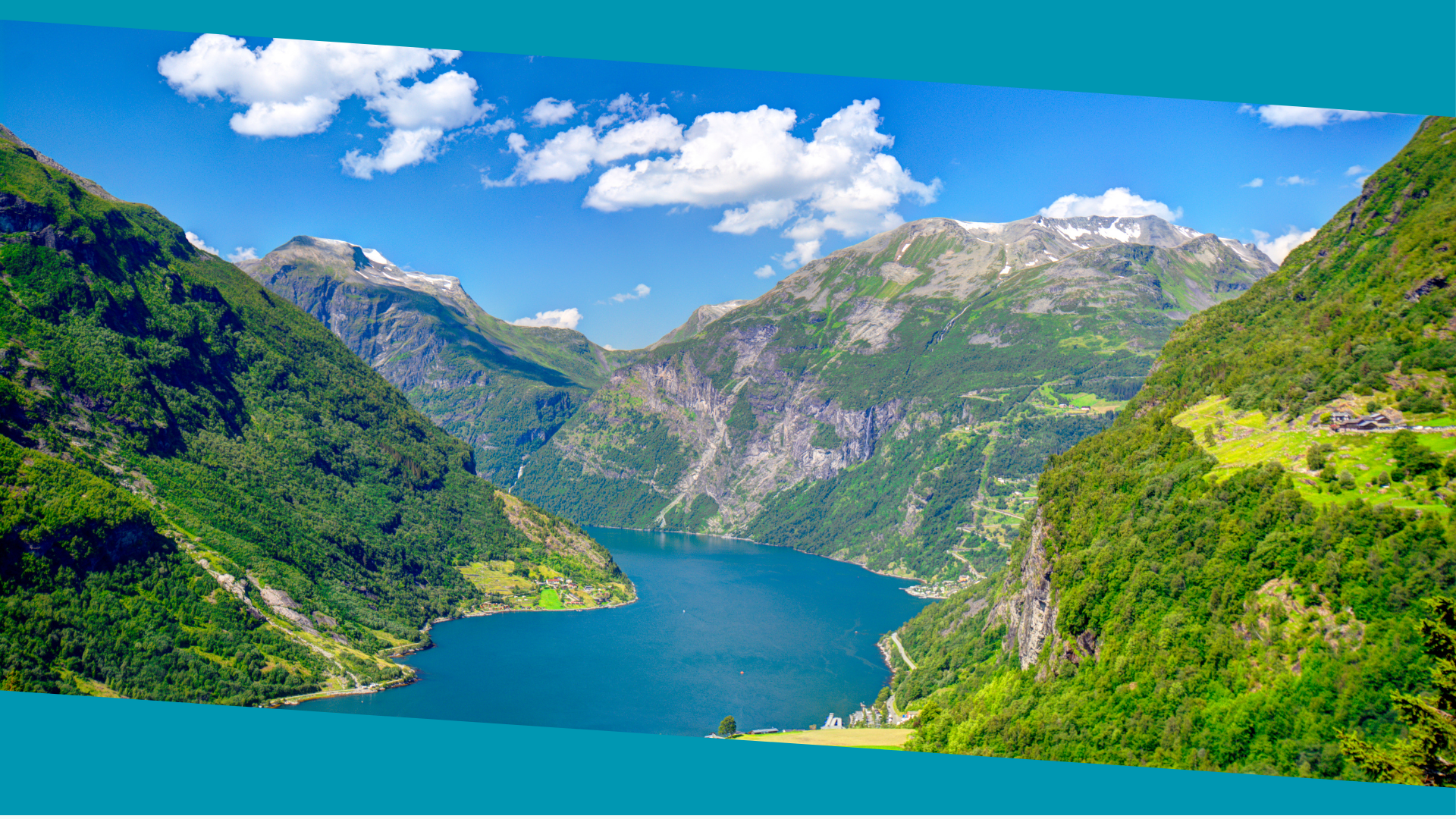

Discover 15 Norwegian Islands: Essential Vocabulary
Norway’s archipelago is a stunning collection of islands that stretches along the country’s coastline. With a rich history and breathtaking landscapes, these islands offer a unique and unforgettable experience for visitors. Learning the vocabulary of the Norwegian islands is essential for navigating and communicating with locals, ensuring a smooth and enjoyable trip.
Norway’s archipelago has a long and fascinating history. The islands have been inhabited for thousands of years, with evidence of human settlements dating back to the Stone Age. Throughout history, the islands have played a significant role in Norway’s economy, particularly through fishing and trade. Today, they are popular tourist destinations, attracting visitors from around the world.
Understanding the vocabulary of the Norwegian islands is crucial for travelers. It allows them to navigate the islands with ease and communicate effectively with locals. Whether it’s ordering food at a restaurant, asking for directions, or engaging in conversations about the islands’ culture and traditions, knowing the right words and phrases will enhance the overall experience.
Table of Contents
ToggleKey Takeaways
- Norwegian Islands are a beautiful archipelago located in Norway.
- Understanding the geography and key vocabulary is essential for navigating the islands.
- Essential phrases for communicating with locals and learning the names of popular islands are important.
- Vocabulary for exploring wildlife, understanding culture, and enjoying outdoor activities is necessary.
- Essential words and phrases for dining on Norwegian Islands are also important for a memorable experience.
Understanding the Geography of Norway’s Archipelago
Norway’s archipelago is a vast collection of islands that stretches along the country’s coastline. It is made up of thousands of islands, ranging in size from small rocky outcrops to larger inhabited islands. The archipelago is characterized by its rugged coastline, fjords, and mountains, creating a stunning and diverse landscape.
Key features of the Norwegian islands include fjords, which are narrow inlets with steep sides created by glacial erosion. These fjords are not only visually striking but also provide opportunities for activities such as kayaking and boat tours. The islands are also known for their rich wildlife, including seabirds, seals, and whales.
Key Vocabulary for Navigating the Norwegian Islands
When navigating the Norwegian islands, it is essential to know the vocabulary related to transportation and directions. This will help travelers get around efficiently and make the most of their time on the islands.
Vocabulary for transportation on the islands includes words such as “ferge” (ferry), “båt” (boat), and “havn” (harbor). These words are crucial for understanding the various modes of transportation available and how to reach different islands.
Understanding island directions and locations is also important. Words such as “nord” (north), “sør” (south), “øst” (east), and “vest” (west) will help travelers navigate their way around the islands. Additionally, knowing words like “strand” (beach) and “fjell” (mountain) will be useful when exploring the natural beauty of the archipelago.
Essential Phrases for Communicating with Locals
Communicating with locals is an essential part of any travel experience, and learning basic Norwegian phrases will greatly enhance interactions on the Norwegian islands. While many Norwegians speak English, making an effort to speak their language shows respect and can lead to more meaningful connections.
Basic Norwegian phrases for communication include greetings such as “hei” (hello) and “ha det bra” (goodbye). It is also helpful to know phrases like “takk” (thank you), “unnskyld” (excuse me), and “beklager” (sorry). These polite phrases will go a long way in establishing a positive rapport with locals.
Cultural norms for communication on the islands include being respectful and maintaining a friendly demeanor. Norwegians value personal space and may appear reserved at first, but they are generally warm and welcoming once a connection is established. It is also important to be punctual, as Norwegians value timeliness.
Learning the Names of Popular Norwegian Islands
Norway’s archipelago is home to many popular islands that attract tourists from around the world. Learning the names and meanings of these islands will not only help travelers navigate but also deepen their understanding and appreciation of the region.
Some popular Norwegian islands include Lofoten, Senja, and Svalbard. Lofoten is known for its dramatic landscapes, picturesque fishing villages, and opportunities for outdoor activities such as hiking and fishing. Senja is often referred to as Norway in miniature due to its diverse landscapes, including mountains, fjords, and beaches. Svalbard is a remote archipelago located in the Arctic Ocean and is known for its polar bears, glaciers, and unique wildlife.
Pronunciation of island names can be challenging for non-native speakers, but making an effort to pronounce them correctly will be appreciated by locals. It is also helpful to know the meanings behind the names, as they often reflect the natural features or history of the islands.
Vocabulary for Exploring the Wildlife of the Islands

The Norwegian islands are home to a diverse range of wildlife, making them a paradise for nature lovers. Learning vocabulary related to wildlife will enhance the experience of exploring the islands’ natural beauty.
Common wildlife found on the islands includes seabirds such as puffins and gannets, seals, whales, reindeer, and arctic foxes. Knowing words like “havørn” (sea eagle), “sel” (seal), “hval” (whale), “reinsdyr” (reindeer), and “polarrev” (arctic fox) will help travelers identify and describe these animals.
Vocabulary for describing wildlife includes words like “stor” (big), “liten” (small), “vakker” (beautiful), “sjelden” (rare), and “fredet” (protected). These words can be used to express admiration for the animals encountered on the islands.
Understanding the Culture and Traditions of Norway’s Islands
Norwegian island culture and traditions are deeply rooted in the country’s history and natural surroundings. Understanding the vocabulary related to these cultural activities and events will provide a deeper appreciation for the islands’ unique heritage.
Norwegian island culture is characterized by its close connection to the sea and nature. Fishing has been a vital part of the islands’ economy and is still practiced today. Words like “fiske” (fishing), “fisker” (fisherman), and “båt” (boat) are essential for understanding this aspect of island culture.
Traditions such as “midsommer” (midsummer) celebrations, where bonfires are lit to mark the longest day of the year, are also important cultural events on the islands. Knowing words like “bål” (bonfire), “sang” (song), and “dans” (dance) will allow travelers to participate in these festivities and connect with locals.
Vocabulary for Enjoying Outdoor Activities on the Islands
The Norwegian islands offer a wide range of outdoor activities for visitors to enjoy. Learning vocabulary related to these activities will help travelers make the most of their time on the islands.
Popular outdoor activities on the islands include hiking, kayaking, fishing, and skiing. Knowing words like “tur” (hike), “kajakk” (kayak), “fiskestang” (fishing rod), and “ski” (ski) will allow travelers to engage in these activities with confidence.
Vocabulary for describing outdoor activities includes words like “vakkert” (beautiful), “utfordrende” (challenging), “spennende” (exciting), and “avslappende” (relaxing). These words can be used to express feelings and experiences while participating in outdoor activities on the islands.
Essential Words and Phrases for Dining on Norwegian Islands
Norwegian island cuisine is known for its fresh seafood and traditional dishes. Learning vocabulary related to dining will enhance the culinary experience on the islands.
Overview of Norwegian island cuisine includes dishes such as “lutefisk” (dried fish), “rakfisk” (fermented fish), and “klippfisk” (salted and dried cod). Knowing these words will help travelers navigate menus and order local specialties.
Vocabulary for ordering food and drinks includes words like “mat” (food), “drikke” (drink), “vann” (water), “øl” (beer), and “vin” (wine). It is also helpful to know phrases such as “jeg vil gjerne ha” (I would like to have) and “takk for maten” (thank you for the meal).
Mastering Norwegian Island Vocabulary for a Memorable Experience
Mastering the vocabulary of the Norwegian islands is essential for a memorable and immersive travel experience. From navigating the islands to communicating with locals, understanding the language will enhance every aspect of the trip.
Tips for practicing and improving vocabulary skills include using language learning apps, listening to podcasts or audiobooks in Norwegian, and engaging in conversations with native speakers. It is also helpful to immerse oneself in the culture by participating in local activities and events.
By mastering Norwegian island vocabulary, travelers can fully appreciate the beauty, culture, and traditions of Norway’s archipelago. Whether exploring the wildlife, enjoying outdoor activities, or dining on local cuisine, knowing the right words and phrases will create a deeper connection with the islands and its people.

Norwegian A1-A2
Course Overview The Norwegian A1-A2 course is an online program focused on teaching essential Norwegian grammar and vocabulary. It includes a variety of materials and topics, with opportunities to interact with a Norwegian teacher entirely online. Curriculum Highlights The course covers key areas such as grammar and vocabulary and topics such as family, daily life, education, work, traditions, and leisure activities. Who Should Enroll? This course is perfect for beginners or those at the A1 or A2 levels who want to improve their Norwegian skills. What You Get Access to the full Norwegian A1-A2 course. A monthly 1-hour online conversation with a teacher. Many written and oral assignments. Comprehensive information on Norwegian grammar, Norwegian vocabulary and how to use them, important sentence structures, etc. Tips on additional resources to further enhance your Norwegian learning.
0 students enrolled
Last updated Dec 10th, 2024
If you want to learn Norwegian, you can register for classes here. We look forward to hearing from you and helping you become fluent in Norwegian.






